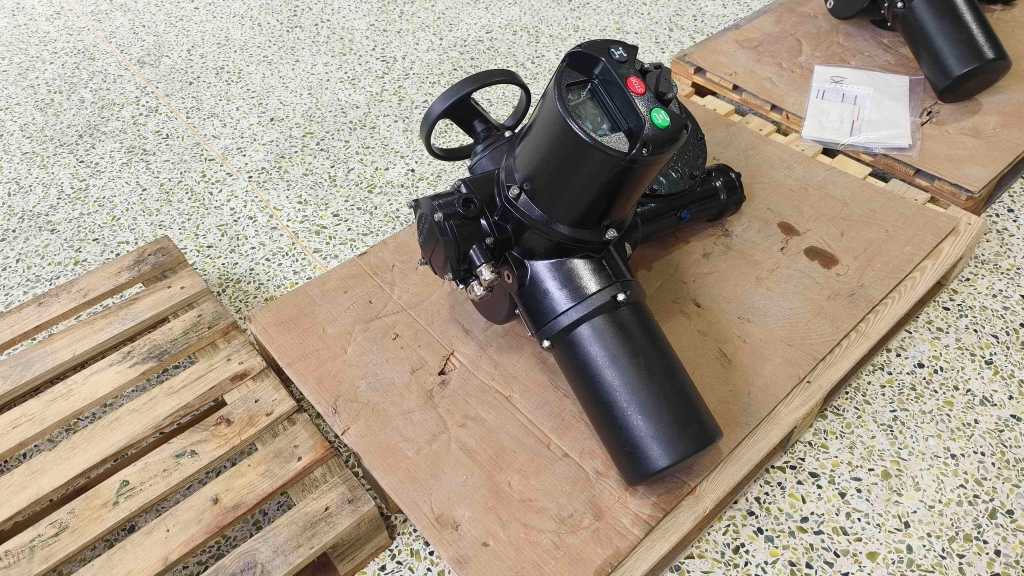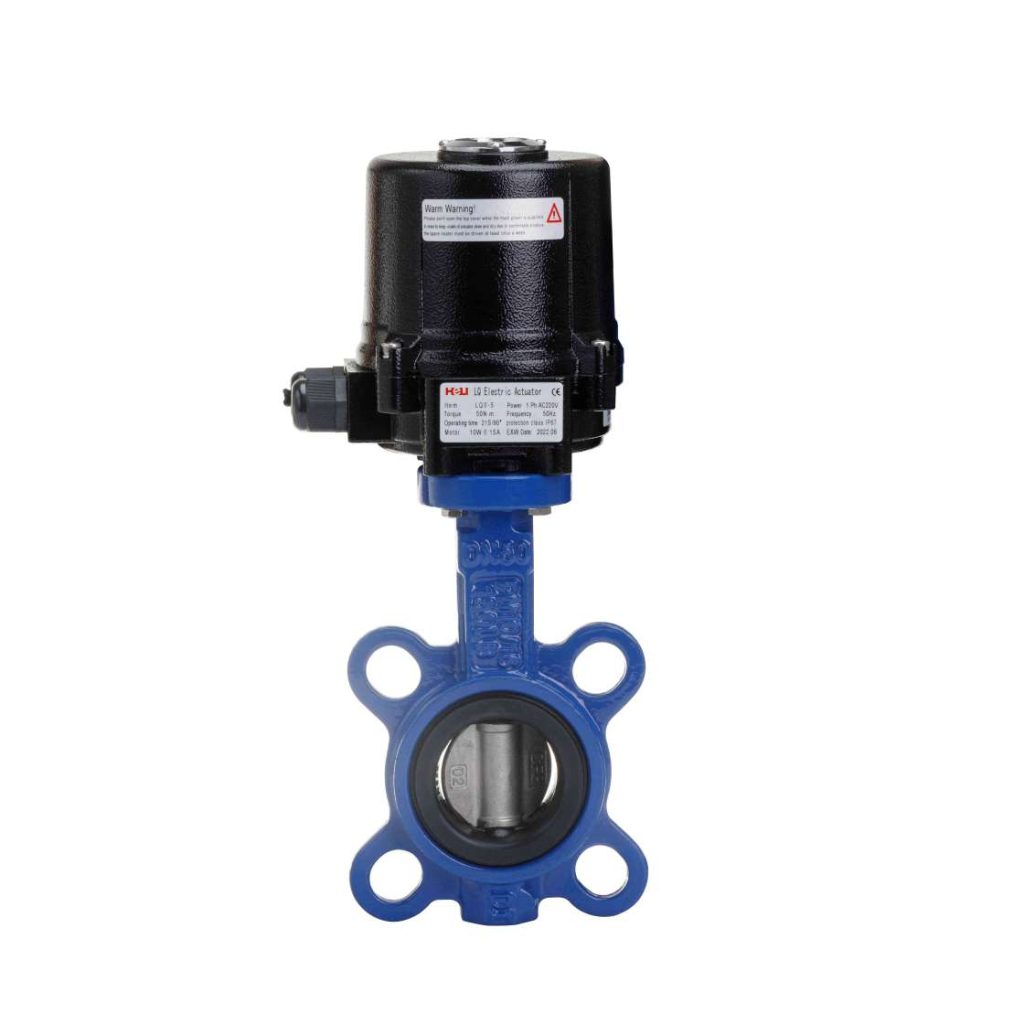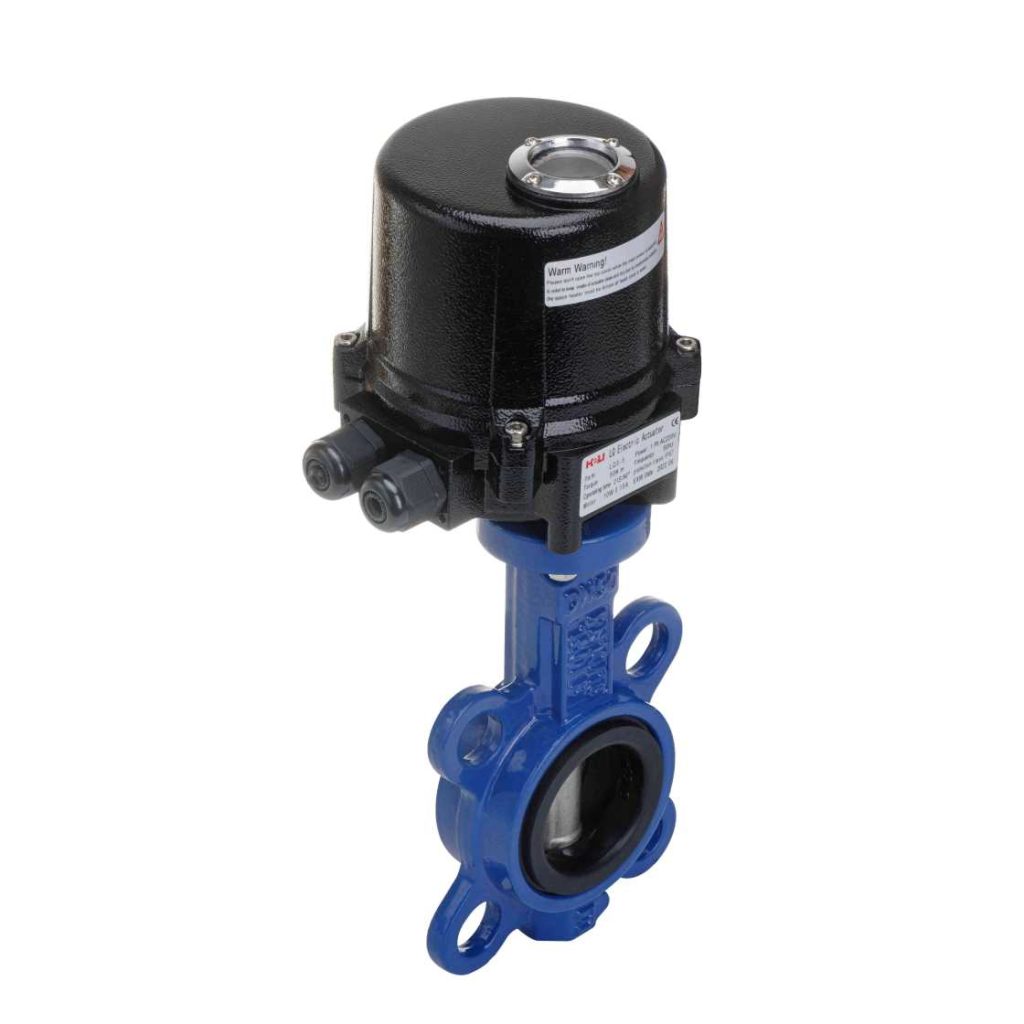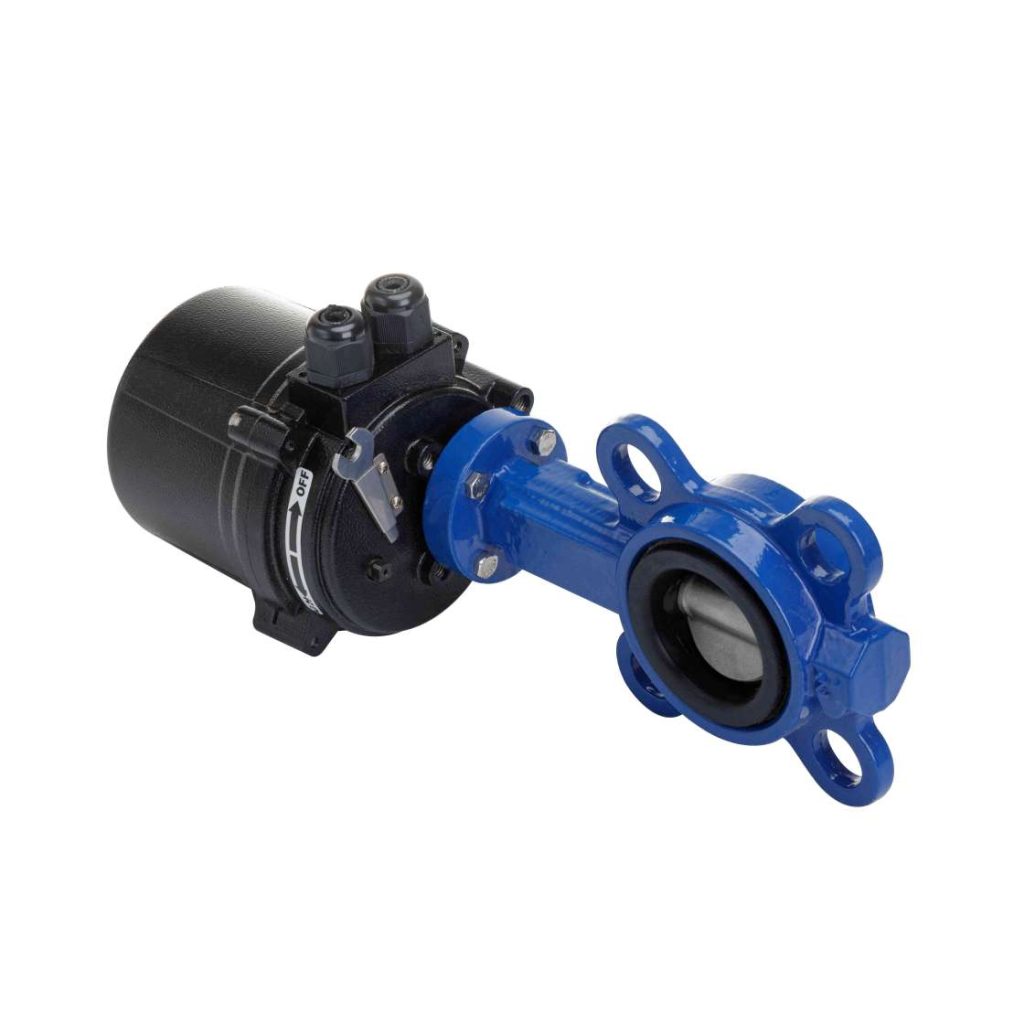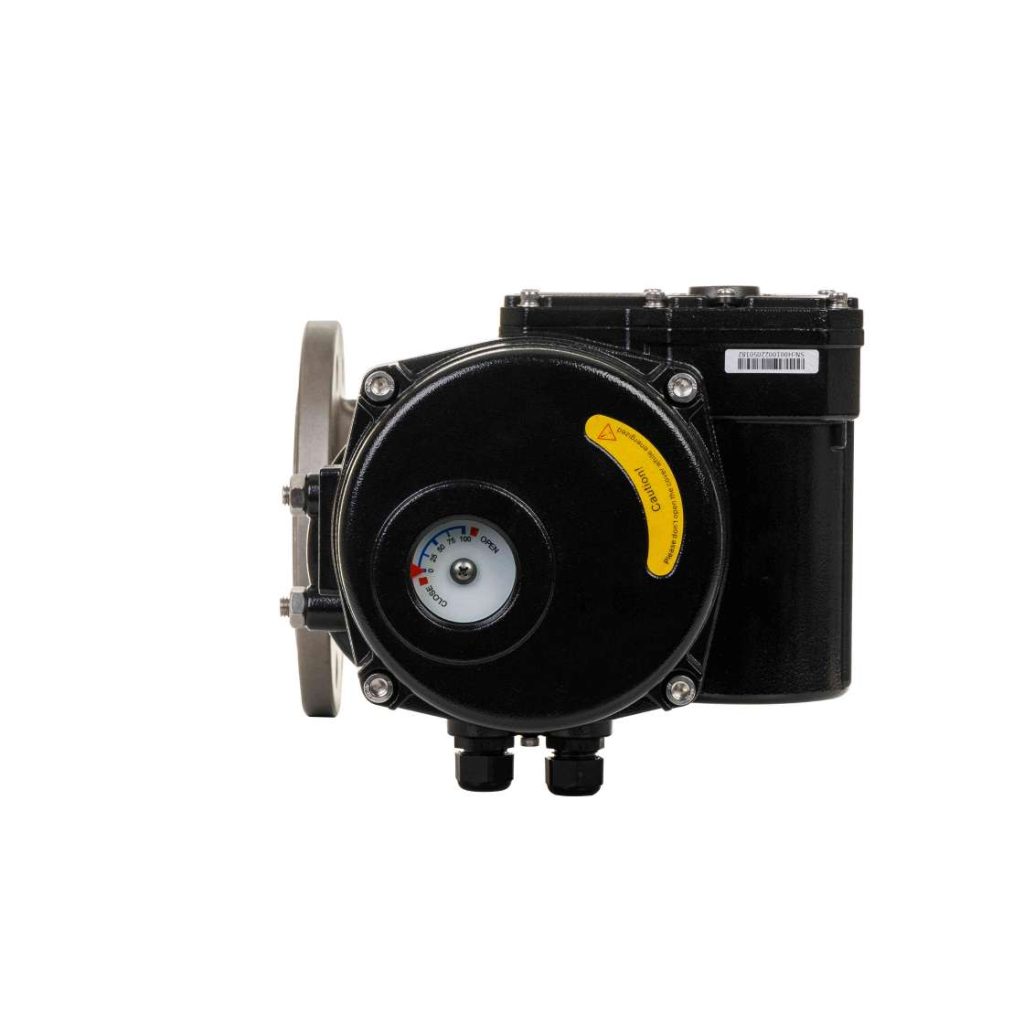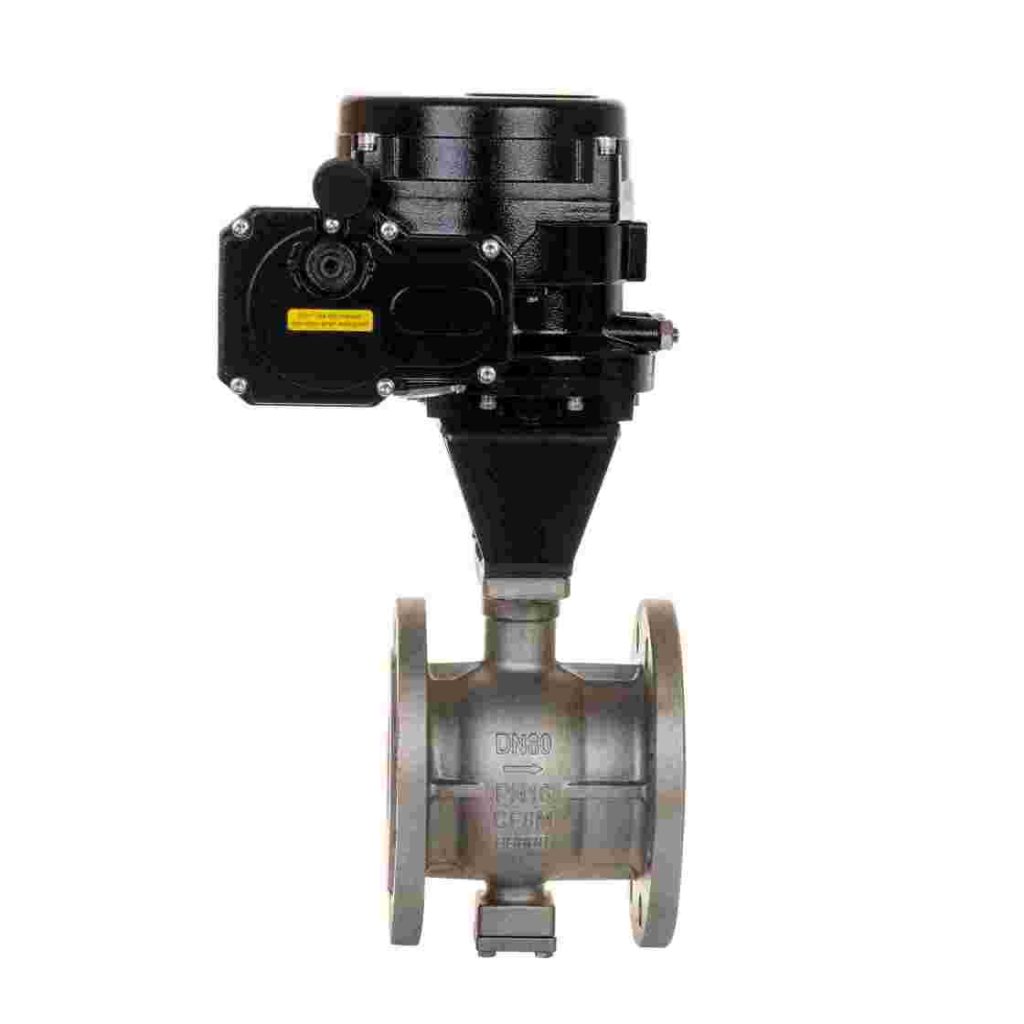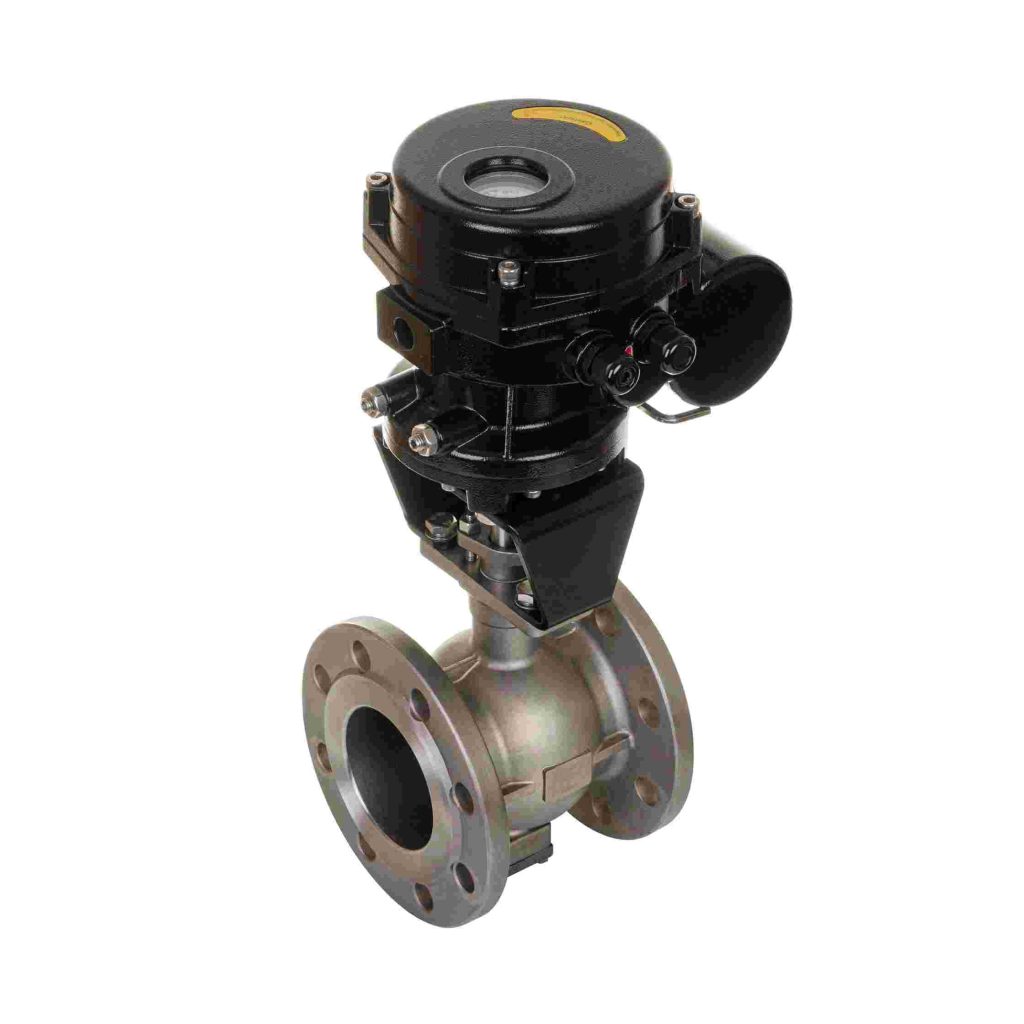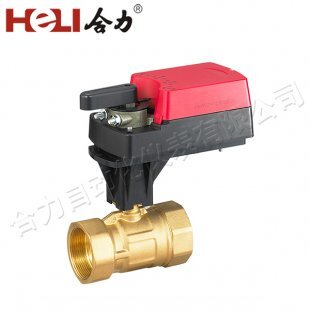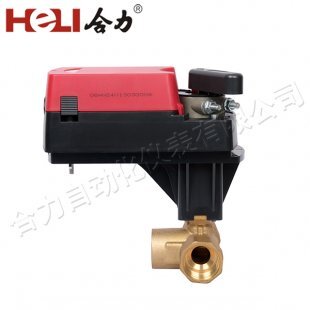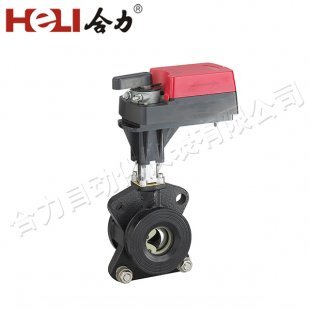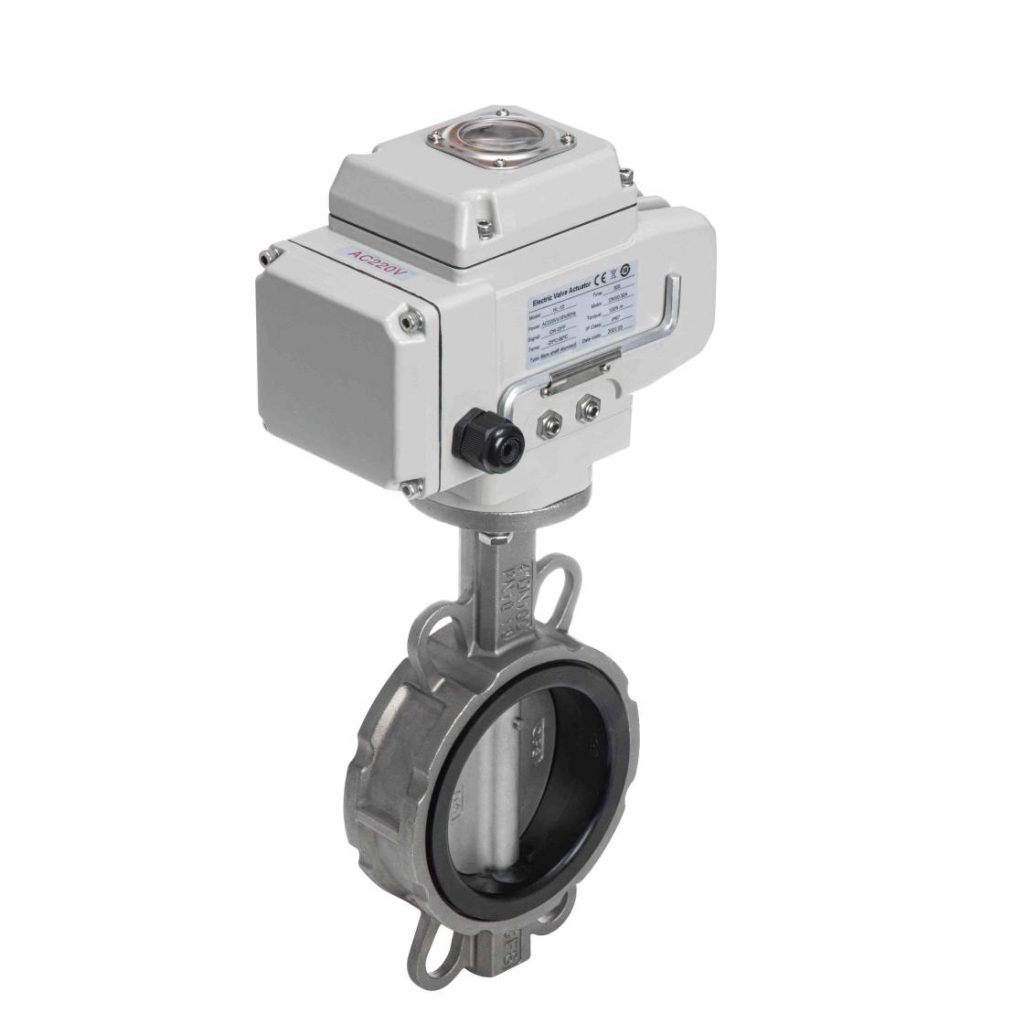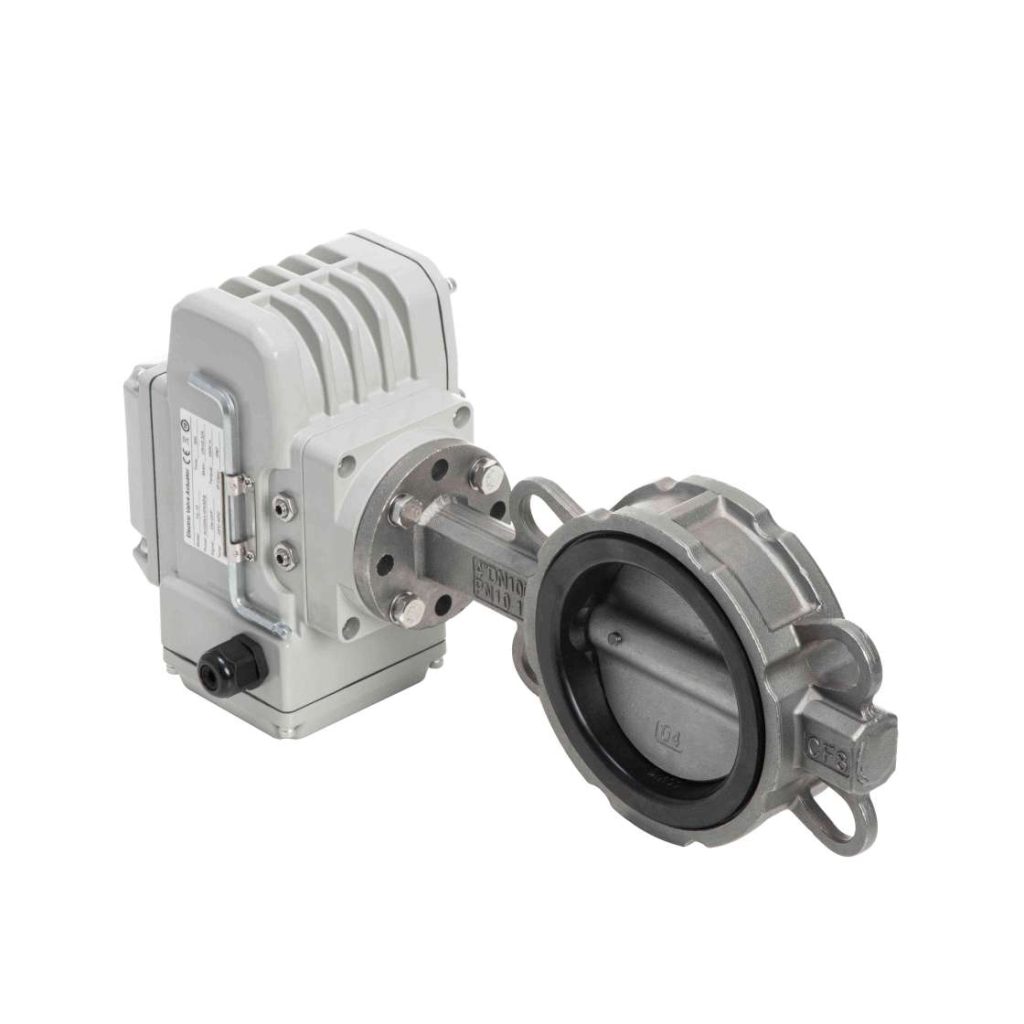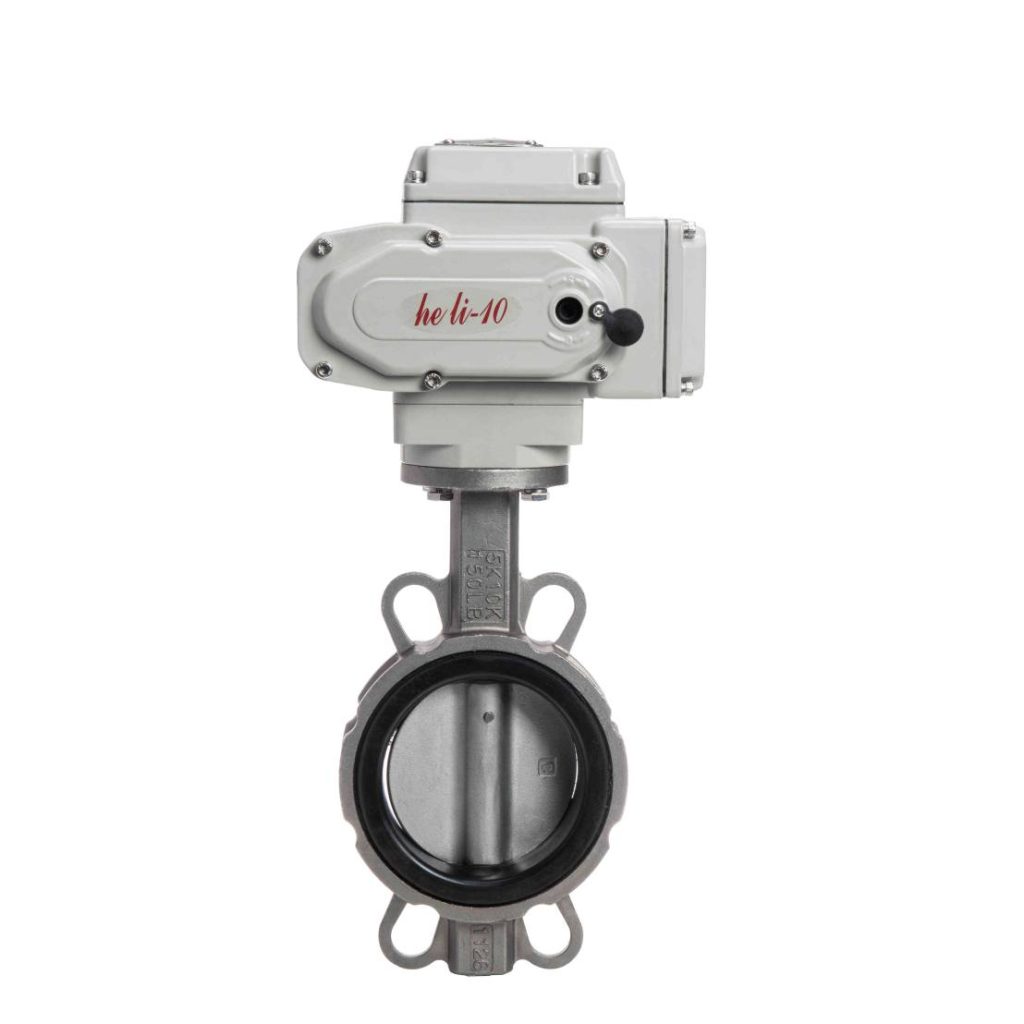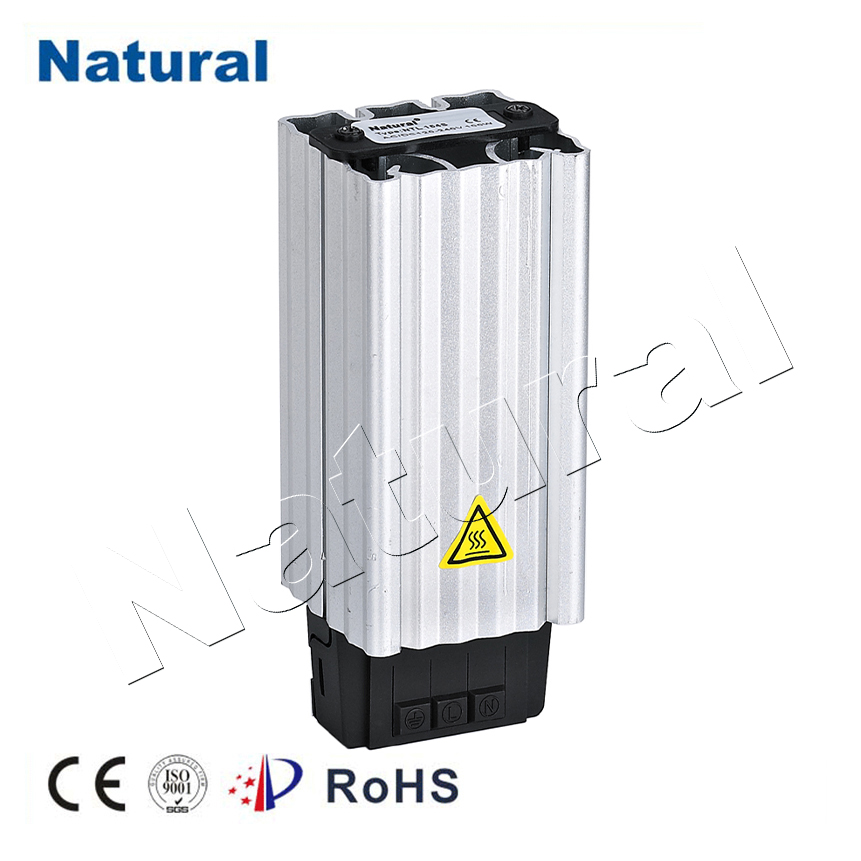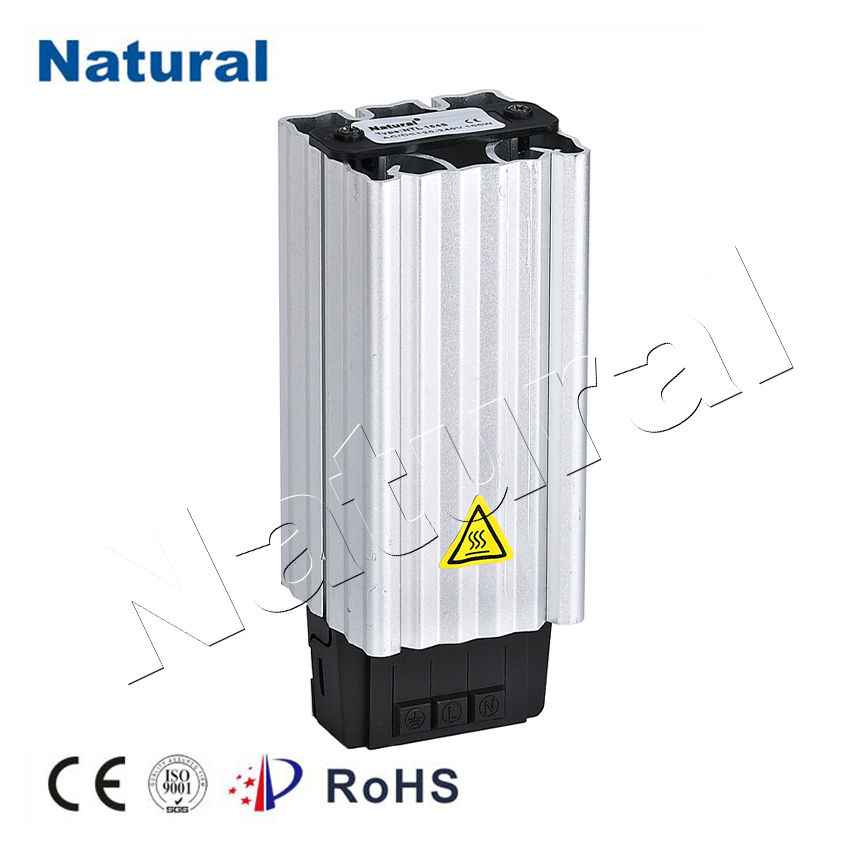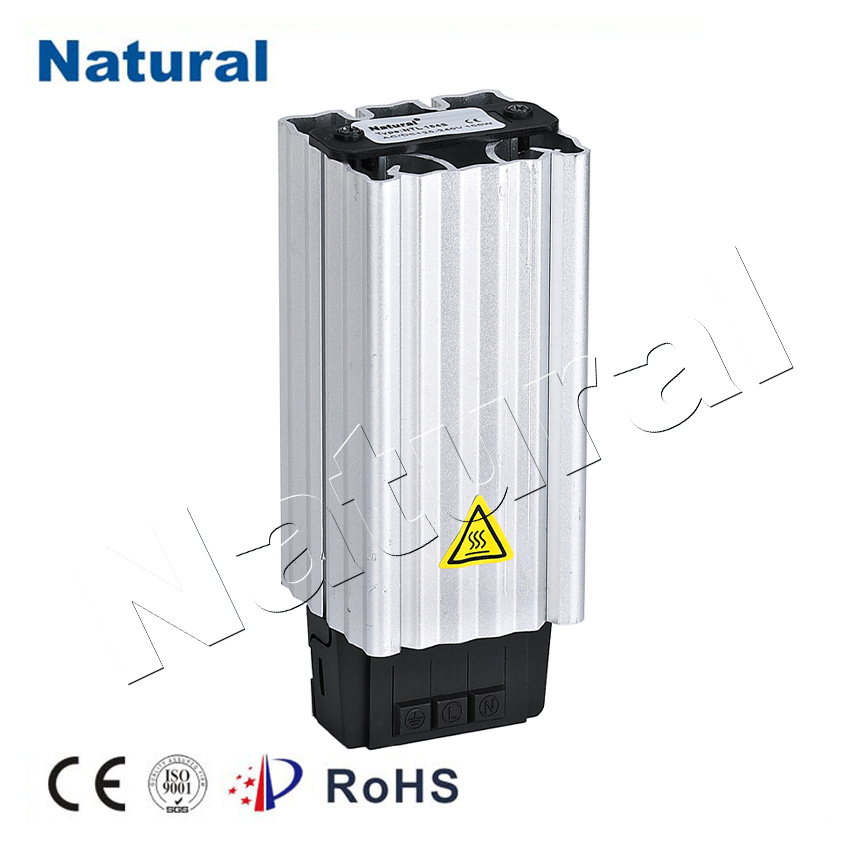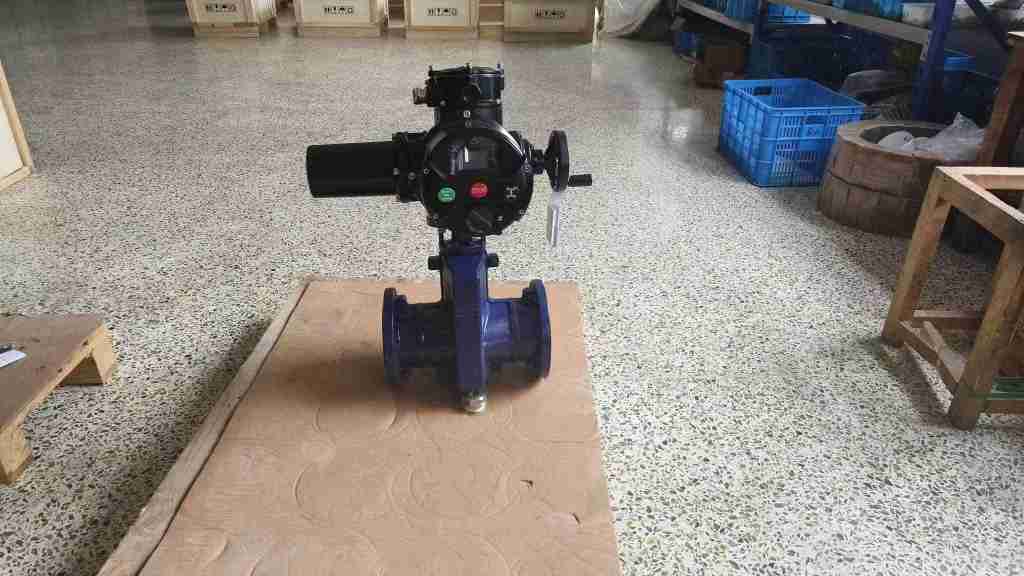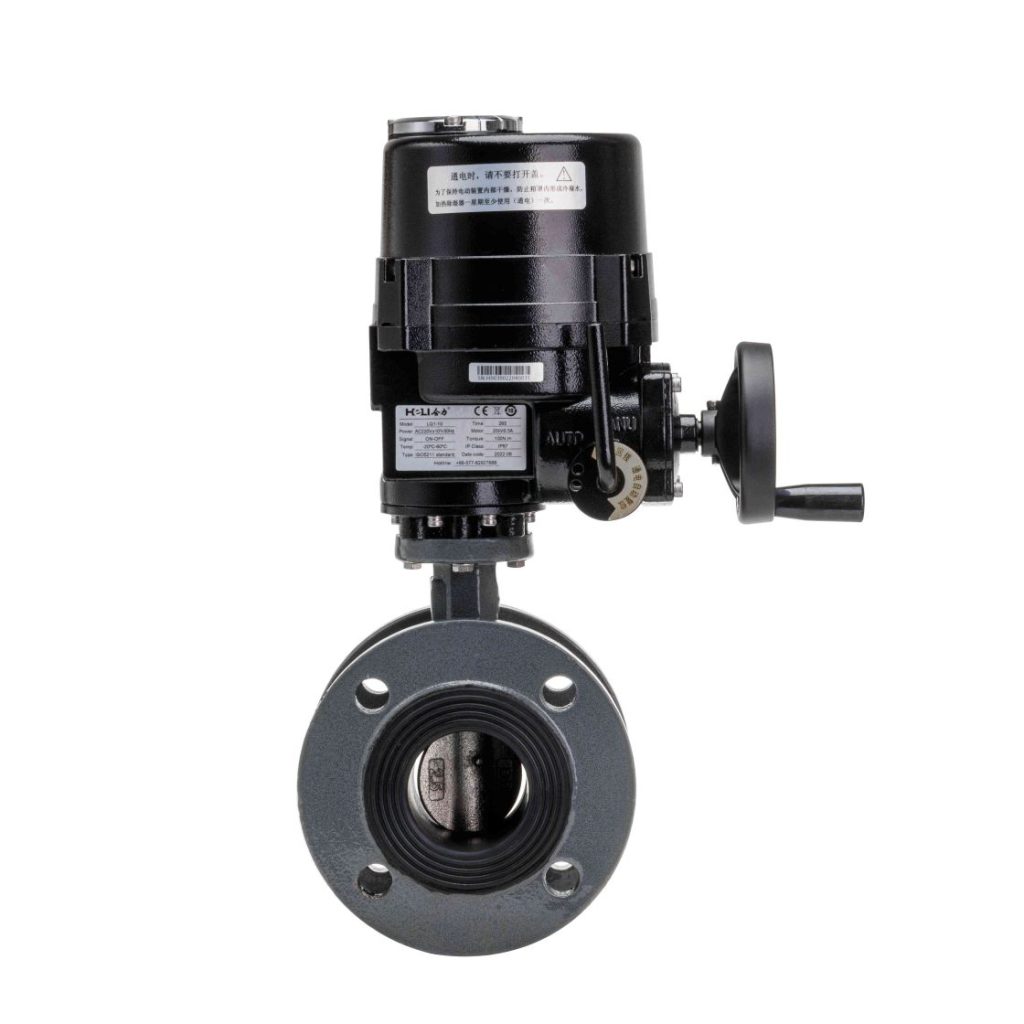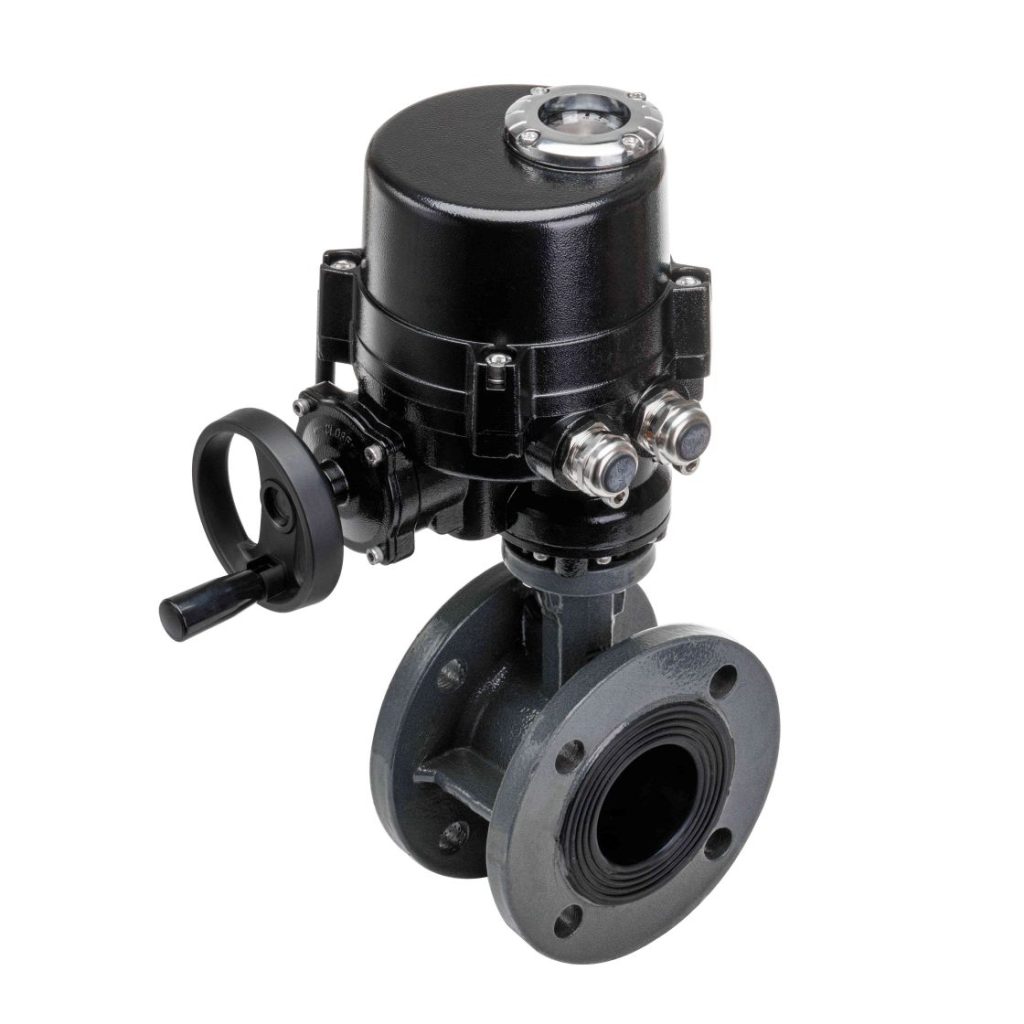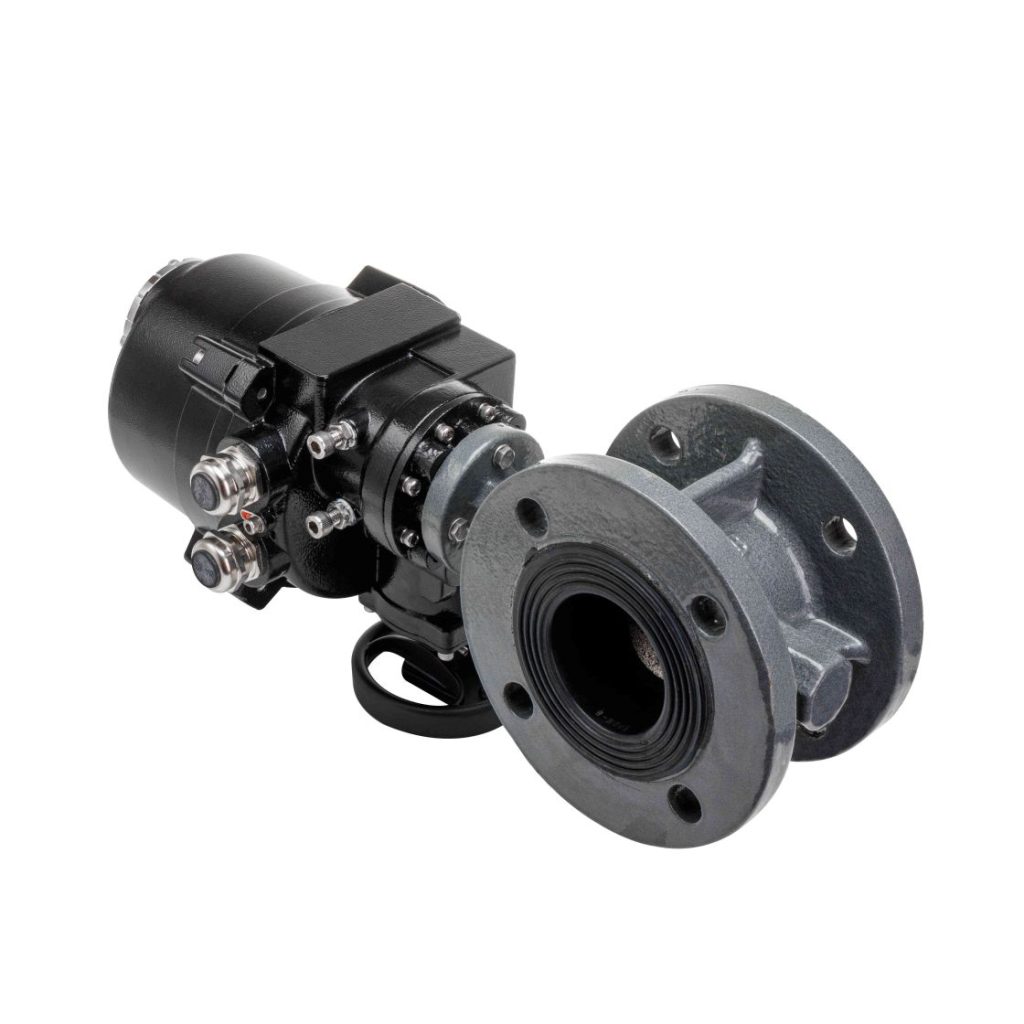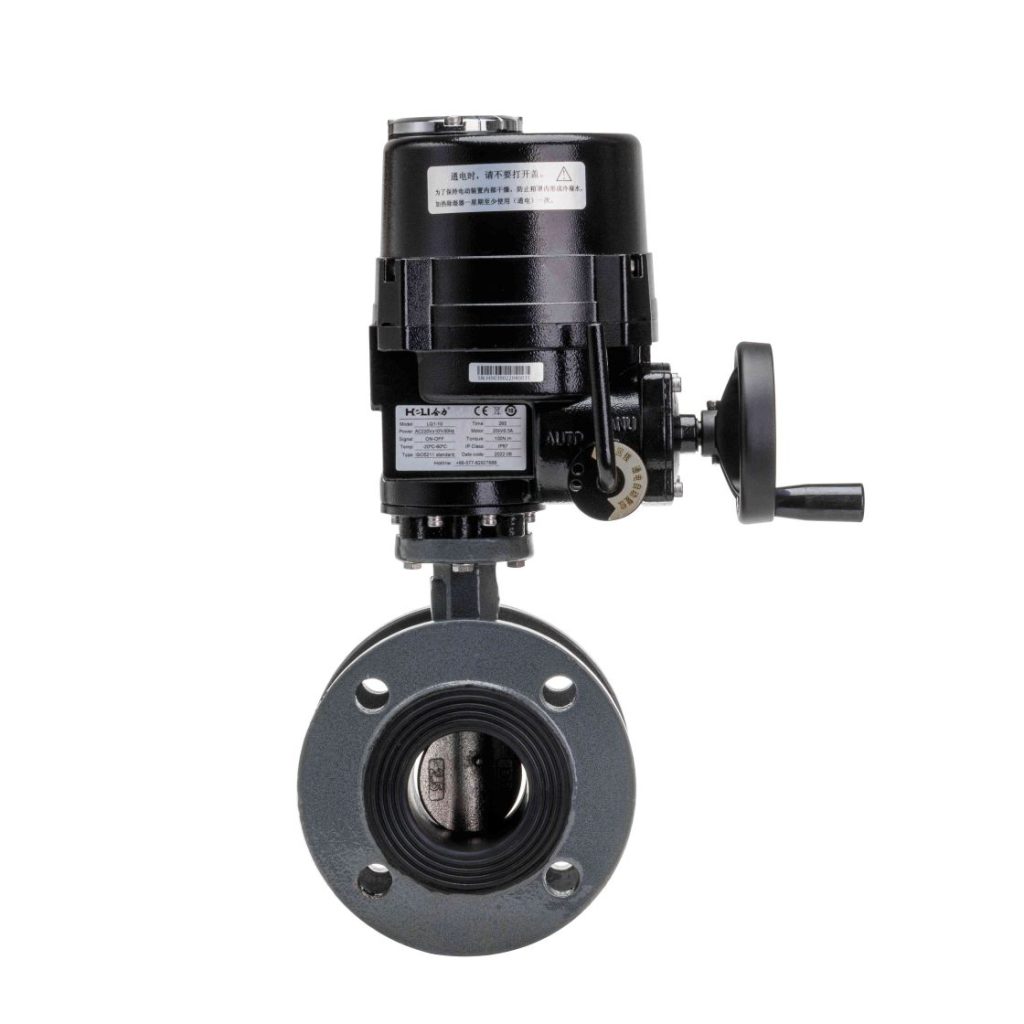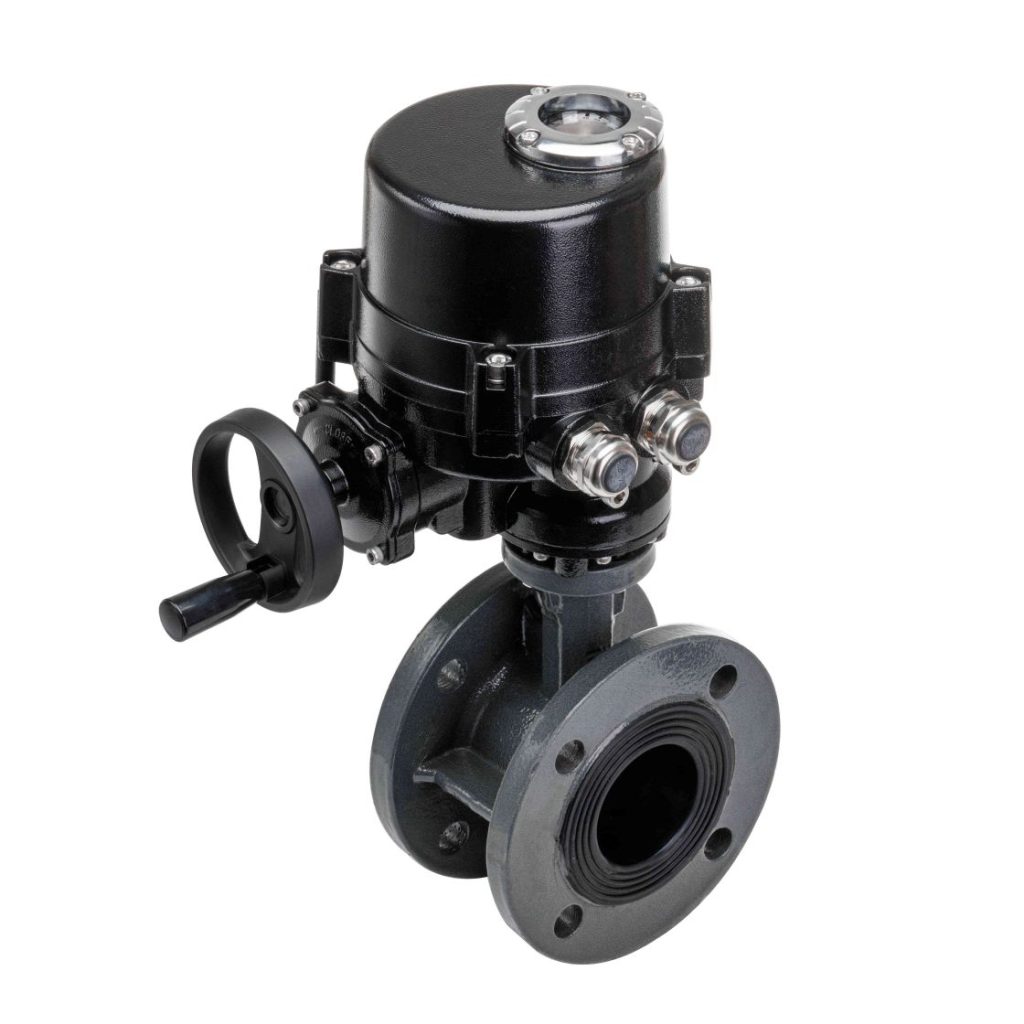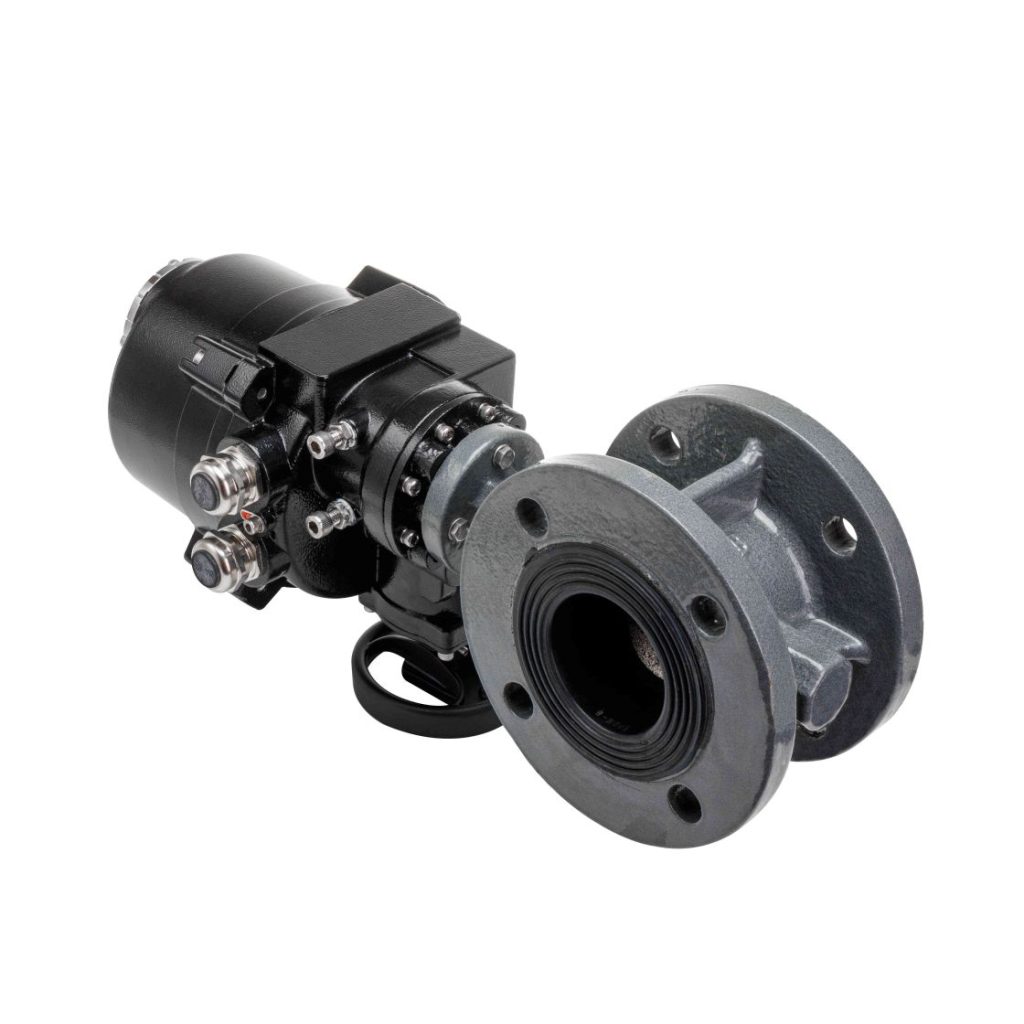In the ever-evolving landscape of industrial automation, the need for advanced, reliable, and safe equipment has become paramount. One of the latest innovations in this domain is theExplosion-proof Intelligent Integrated Actuator. This cutting-edge technology combines the robustness necessary for hazardous environments with intelligent features that enhance operational efficiency and safety.
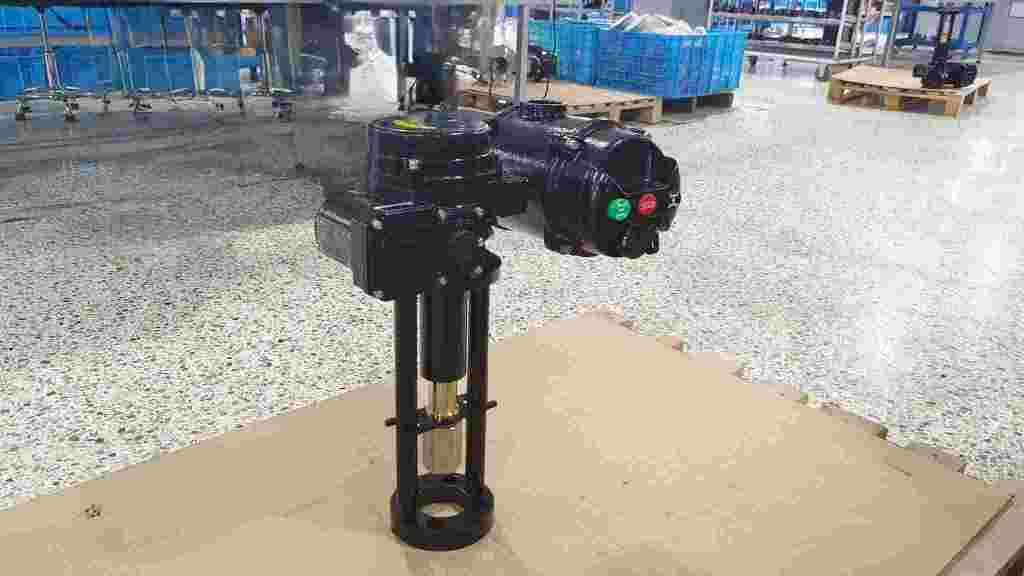
Understanding Explosion-proof Technology
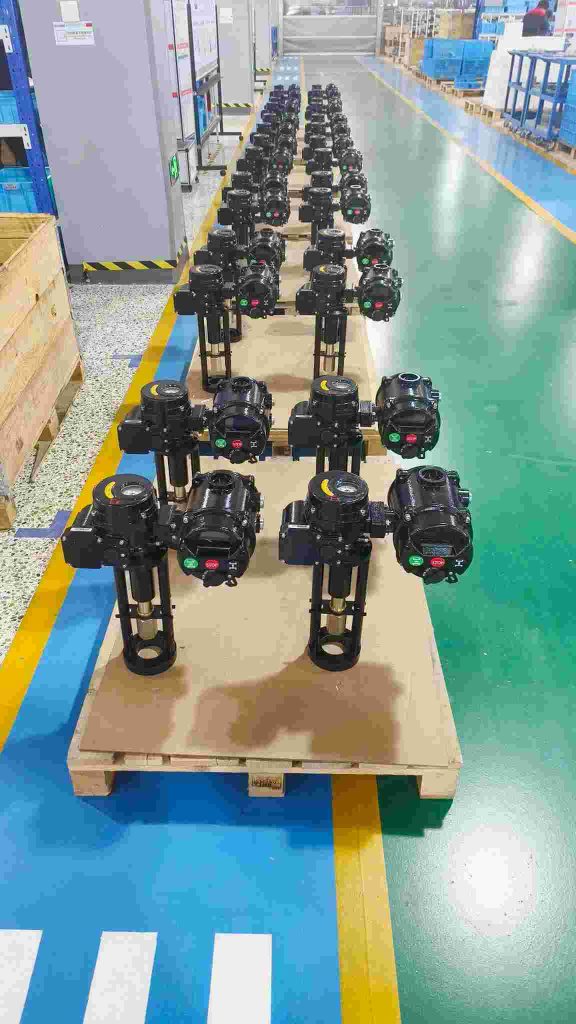
Explosion-proof equipment is designed to operate safely in environments where flammable gases, vapors, or dust may be present. The primary goal of explosion-proof technology is to prevent any internal sparks or heat from igniting these hazardous substances. Actuators, being critical components in many industrial applications, must adhere to strict safety standards to ensure the protection of personnel and equipment. The introduction of intelligent features into these actuators significantly enhances their functionality and performance. The Role of Intelligent Integrated Actuators Intelligent integrated actuators combine mechanical components, sensors, and control systems into a single unit. This integration simplifies installation, reduces space requirements, and minimizes the complexity of wiring. The intelligent aspect refers to the actuator’s ability to communicate with other systems, gather data, and make decisions based on real-time conditions. These capabilities provide several advantages:
